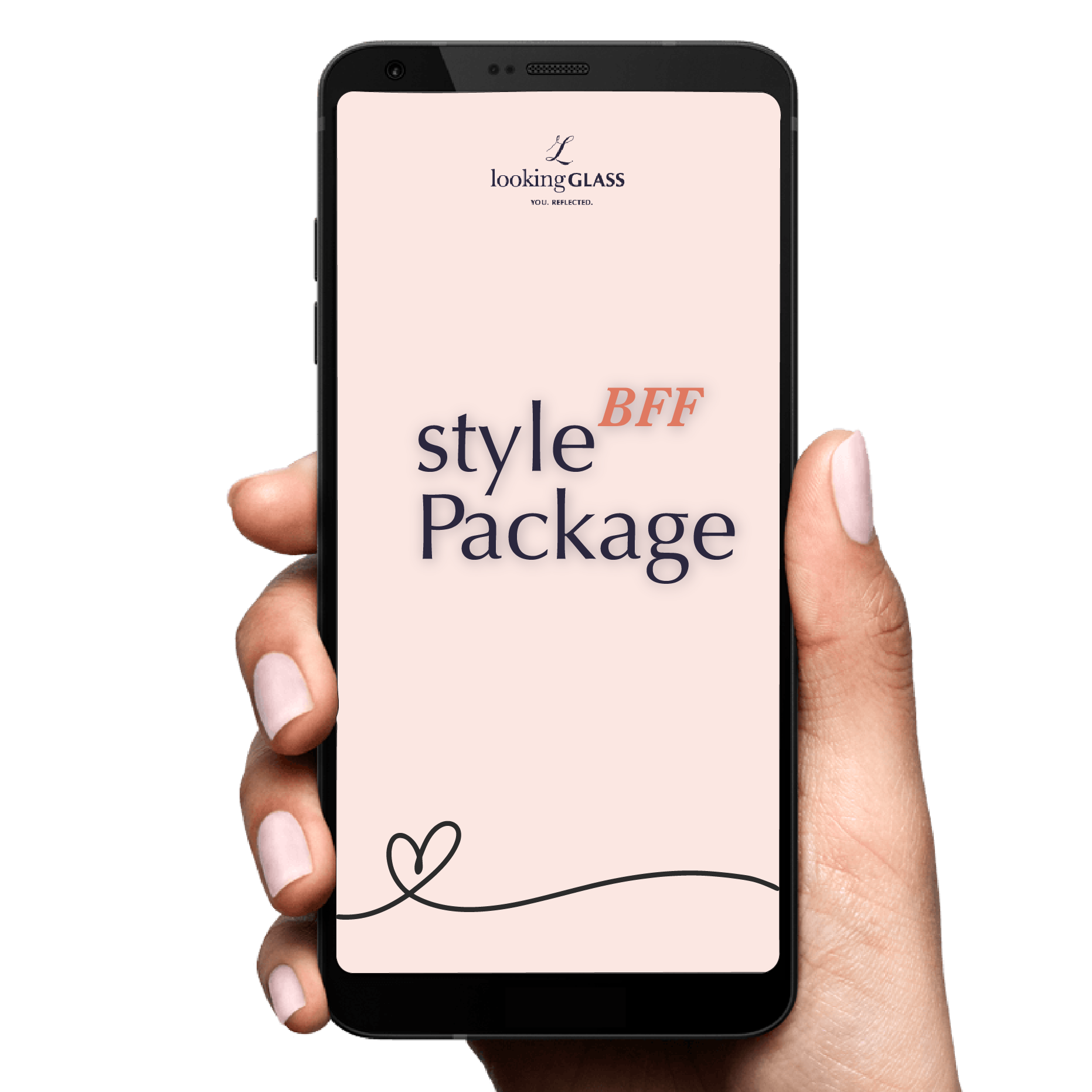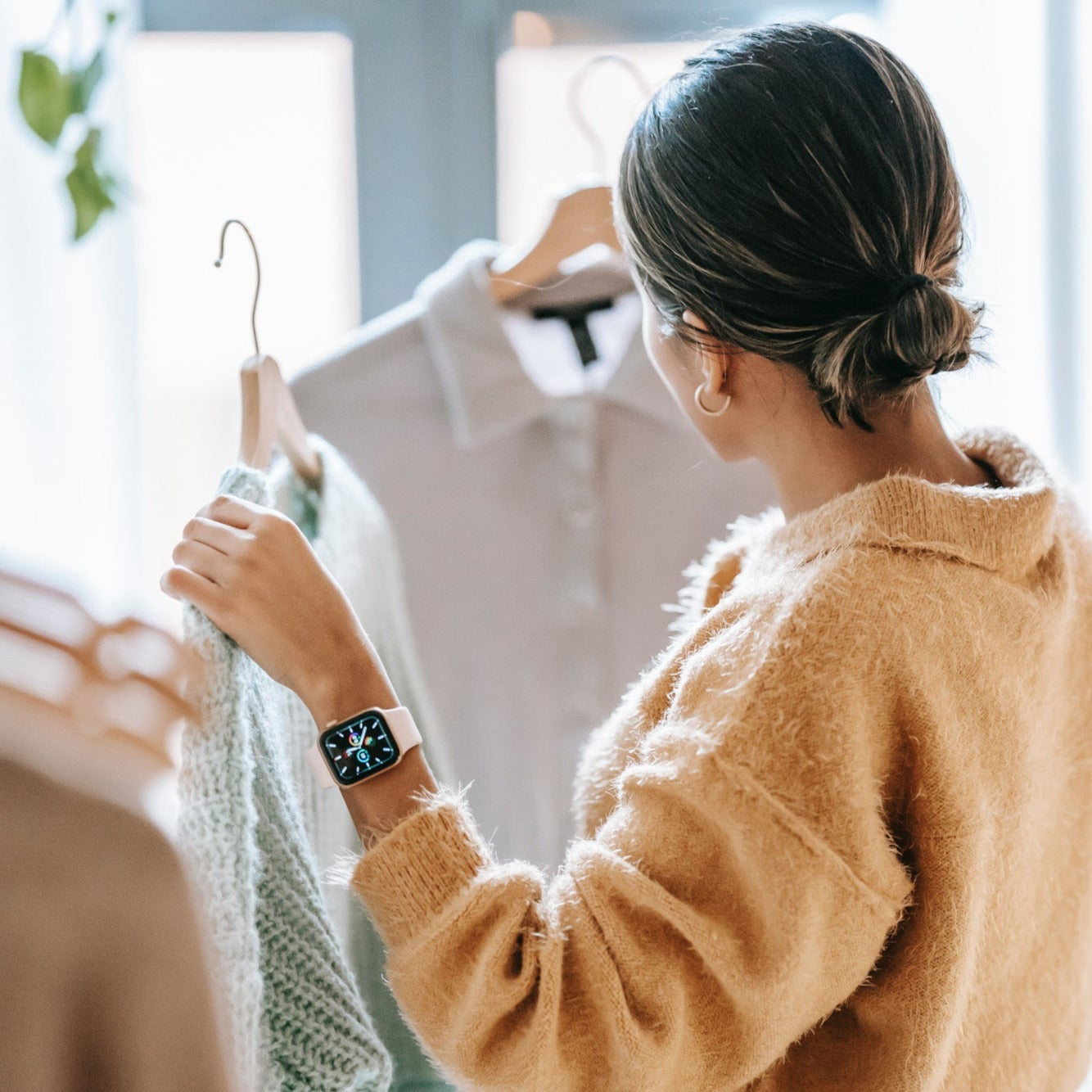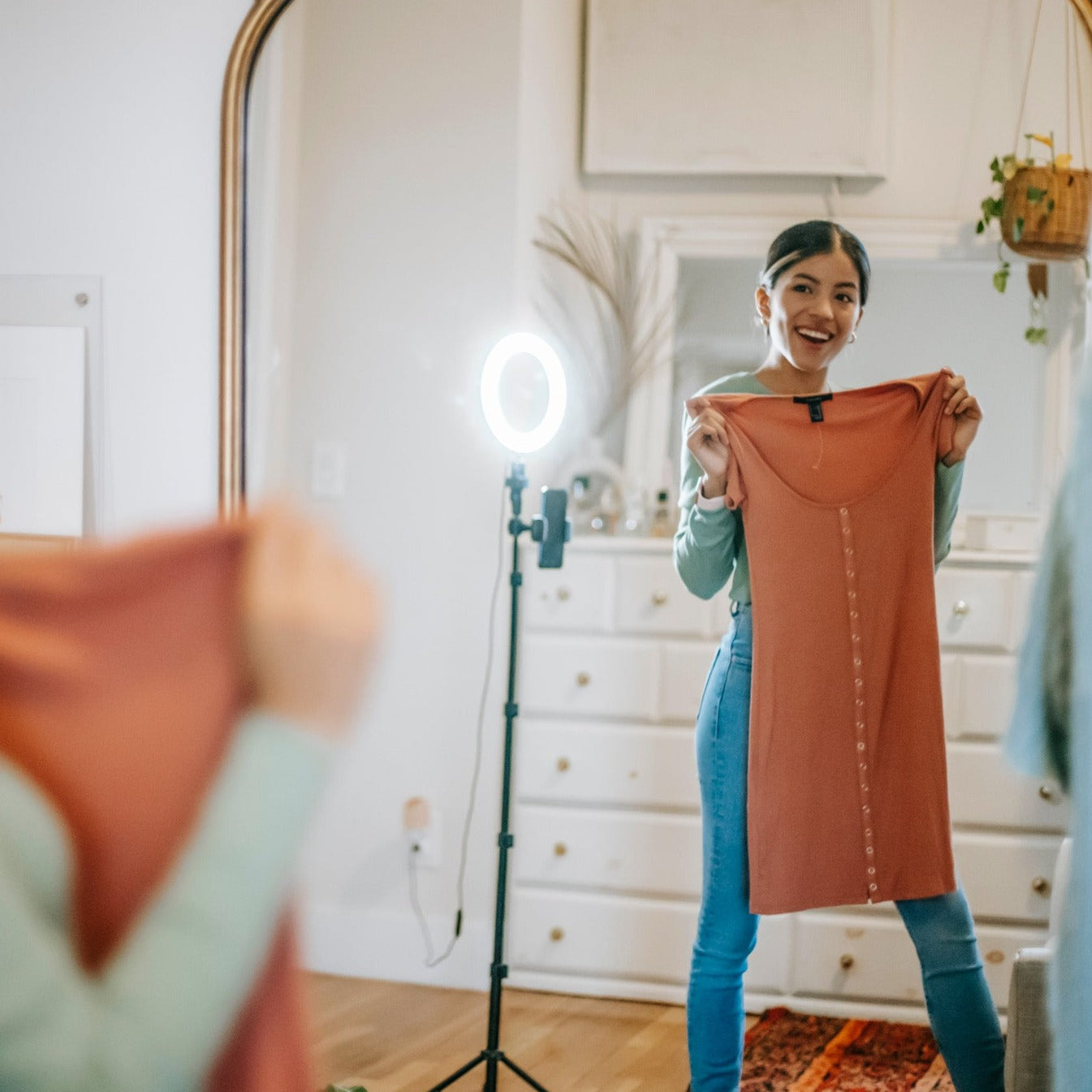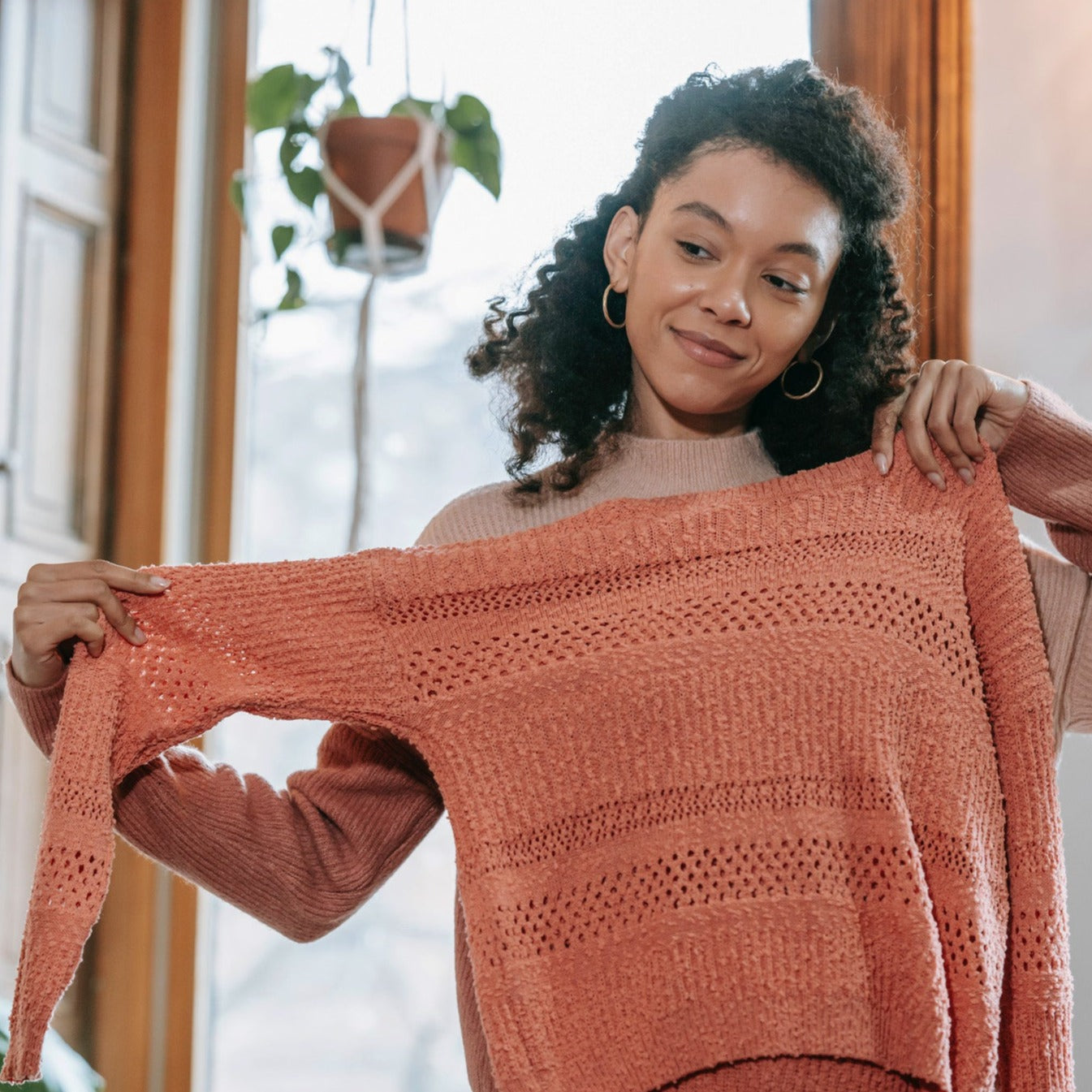Quick Listen:
One of the most valuable skills you can master is the art of mixing and matching outfits. Whether you're heading to work, attending a wedding, or simply meeting friends for a casual outing, knowing how to combine pieces from your wardrobe can elevate your style and save you time. The key to creating stylish, versatile looks is not just about having a closet full of clothes it's about understanding how to pair items that work well together and reflect your personality.
This article will guide you through the process of mixing and matching outfits for every occasion. We will explore different strategies for blending colors, textures, and styles to create chic and polished looks that are appropriate for any event. By the end, you'll be equipped with the knowledge to build outfits that not only fit the event but also express your unique style.
Understanding the Basics: The Foundation of Mixing and Matching
Before diving into outfit combinations, it's important to understand the fundamental principles that make mixing and matching work. Here are a few key concepts to keep in mind:
1. The Power of Neutral Colors
Neutral colors like black, white, gray, beige, and navy are the backbone of any wardrobe. They are versatile and timeless, allowing you to pair them with a wide range of bolder colors or patterns. Neutral pieces can serve as a grounding element in your outfit, helping more vibrant items stand out. For instance, a navy blazer pairs beautifully with a bright red blouse, or a white shirt complements a patterned skirt.
2. Balancing Proportions
One of the secrets to creating a well-balanced outfit is proportion. If you're wearing a voluminous top, balance it with slimmer bottoms. For example, a flowy blouse pairs well with skinny jeans or tailored trousers. Similarly, if you opt for wide-leg pants, choose a more fitted top to keep the outfit proportionate.
3. Textures and Fabrics
Textures play a critical role in mixing and matching outfits. Pairing different fabrics can add dimension and interest to your look. A leather jacket with a soft cashmere sweater, or a silk blouse with denim jeans, can create a rich, layered effect. However, be mindful not to overwhelm the outfit with too many contrasting textures opt for a balance between rough and smooth, shiny and matte.
Mixing and Matching for Different Occasions
Now that we've covered some basic principles, let's explore how to apply these rules to different occasions.
1. Casual Outings
For casual occasions, the goal is to look relaxed but put-together. Mixing and matching in a casual setting can include blending laid-back pieces with slightly more refined items to elevate your look without feeling overdressed.
- Tops and Bottoms: A simple t-shirt or casual blouse can be paired with jeans, shorts, or skirts. Opt for a graphic tee with high-waisted trousers or a tucked-in blouse with your favorite denim for a stylish yet comfortable look. Layering with a casual jacket or a cardigan can add extra depth.
- Shoes: Sneakers, loafers, or ankle boots are ideal for casual outfits. Experiment with different styles to find the right balance think chunky sneakers with a feminine skirt or loafers with cropped pants.
- Accessories: Keep accessories simple but purposeful. A statement watch, sunglasses, or a stylish bag can elevate a basic outfit without overdoing it.
2. Office and Professional Settings
When it comes to workwear, the goal is to look polished and professional while still expressing personal style. Mixing and matching in a professional context can be a great way to add personality to an otherwise conservative dress code.
- Tops and Bottoms: Blouses and button-up shirts are the foundation of any work wardrobe. Pair them with tailored pants, pencil skirts, or midi skirts for a balanced look. A classic blazer can add structure to any outfit, and a sweater can offer a more relaxed but still professional vibe.
- Shoes: Stick with classic footwear such as loafers, pumps, or sleek ankle boots. Avoid overly casual options like flip-flops or worn-out sneakers, but you can experiment with textures like leather or suede to add variety.
- Accessories: Minimalistic jewelry, like stud earrings, a delicate bracelet, or a sleek watch, works best for professional settings. A structured handbag or a leather tote will complement your polished look.
3. Special Events and Formal Gatherings
For formal events like weddings, parties, or galas, mixing and matching becomes more about creating an elegant yet personalized look. It's an opportunity to experiment with more luxurious fabrics and bolder colors or patterns.
- Tops and Bottoms: A floor-length gown, a midi dress, or a well-tailored suit are all great options for formal events. You can mix fabrics such as satin with lace, or velvet with silk, to create a rich, textured appearance. For men, pairing a classic tuxedo with a contrasting silk lapel or colorful tie can bring out personality without being over-the-top.
- Shoes: Heels are the go-to for formal occasions, whether it's stilettos, block heels, or elegant pumps. For men, polished oxford shoes or formal loafers are always a safe bet.
- Accessories: Formal accessories should be refined. A statement necklace, a delicate clutch, or a pair of drop earrings can serve as the perfect finishing touches. Keep in mind that less is often more when it comes to formal accessories choose one or two pieces that stand out.
4. Seasonal Considerations
Mixing and matching isn't just about the occasion it's also about dressing for the season. Understanding how to combine pieces for different weather conditions will ensure that you stay comfortable while still looking chic.
- Spring/Summer: Lighter fabrics such as cotton, linen, and chiffon are perfect for warmer months. Combine a breezy blouse with a skirt or denim shorts for a laid-back yet stylish summer look. Dresses can be paired with sandals, and tailored shorts can be matched with a lightweight blazer for a smart-casual vibe.
- Fall/Winter: Heavier fabrics like wool, tweed, and cashmere become more prominent in colder months. Layering is key combine sweaters, jackets, scarves, and boots to stay warm while maintaining style. A chunky knit sweater paired with tailored trousers or a plaid scarf can add a cozy yet fashionable touch.
Tips for Effortless Mixing and Matching
While the principles outlined above will help you create stylish looks for any occasion, here are a few additional tips for making mixing and matching feel effortless:
1. Invest in Key Pieces
Building a versatile wardrobe starts with investing in classic pieces that can easily be mixed and matched. A well-fitting blazer, a pair of tailored pants, a classic little black dress, and quality accessories are all essentials that can be styled in various ways.
2. Stick to a Color Palette
Having a consistent color palette across your wardrobe helps ensure that your pieces work together. While bold colors can add vibrancy, sticking to a palette of neutrals and a few accent colors makes mixing and matching easier.
3. Play with Patterns
Don't be afraid to mix patterns, but keep it balanced. For example, pairing a striped top with a floral skirt can work if the patterns share a common color scheme. Start small by mixing smaller prints like polka dots with solids, and then experiment with bolder combinations as you gain confidence.
4. Embrace Versatility
Look for pieces that can be worn in multiple ways like a wrap dress that can be styled for both work and casual outings or a pair of jeans that can be dressed up with a blazer or dressed down with a t-shirt.
Mixing and Matching Outfits for Every Occasion
Mastering the art of mixing and matching outfits for every occasion requires a mix of creativity, knowledge, and confidence. By understanding the basics of proportions, textures, and colors, and applying those principles to different events and seasons, you can create stylish and versatile looks that help express your personality. Ultimately, it's not just about following fashion rules it's about developing your own signature style that makes you feel confident and comfortable in any situation.
With the tips and strategies outlined in this article, you'll be well on your way to mixing and matching outfits like a pro, whether you're heading to work, attending a special event, or enjoying a weekend outing. Remember, fashion is an art form, and your wardrobe is the canvas so get creative and start mixing and matching to make every occasion your own.
You may also be interested in: What to Wear to Host a Party lookingGLASS Lifestyle
Tired of staring at a closet full of clothes and feeling like you have nothing to wear? Our team of expert personal stylists, hand-picked for their diverse style sensibilities, understands the unique challenges real women face. We work magic with clothes you already own, or if needed, hand-pick pieces from our curated collection to build a wardrobe that's as individual as you are.
Book a Personalized Styling Session and watch your confidence soar as you discover your style that flatter your figure and make you feel amazing.
Powered by flareAI.








